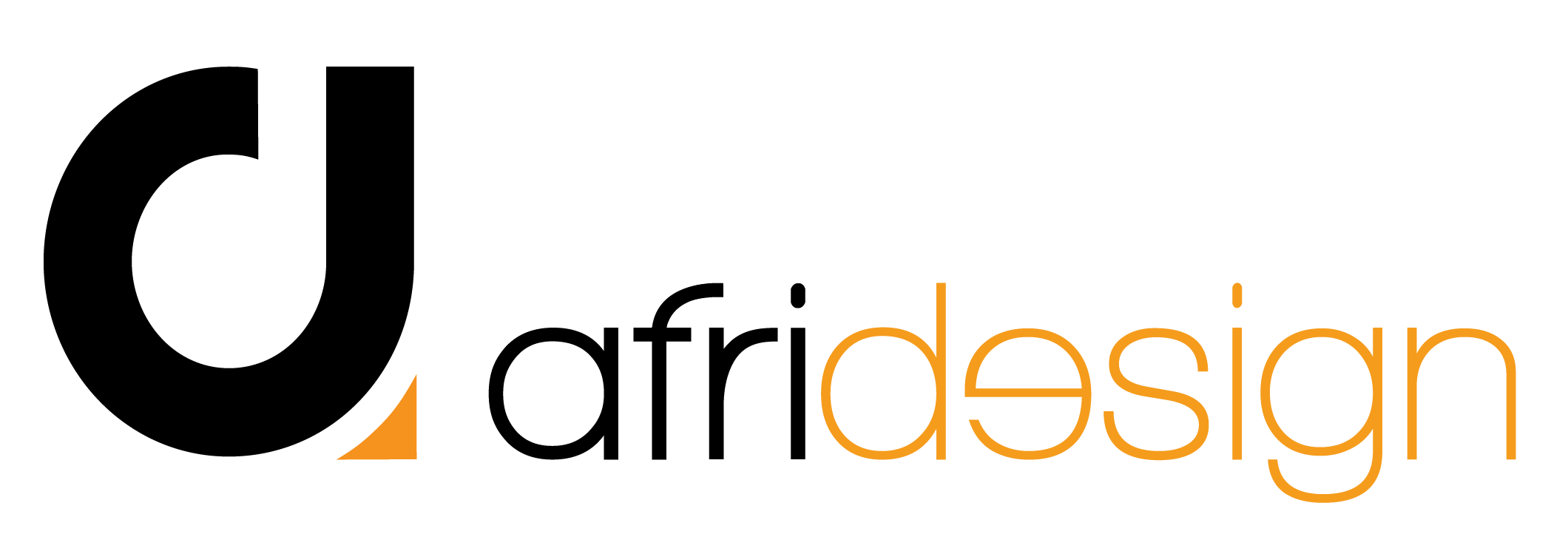In the dynamic world of digital products and services, staying ahead of the competition is paramount. One way to achieve this is by combining the concept of MVPs with impeccable web design. This fusion not only allows businesses to bring their ideas to life quickly but also ensures that these ideas resonate with users, creating a memorable and delightful experience.
Understanding MVPs
A Minimum Viable Product (MVP) is a stripped-down version of a product with just enough features to satisfy early users and gather valuable feedback. MVPs are essential for testing ideas and concepts in a real-world environment without investing significant resources upfront.
The Significance of Web Design
Web design encompasses the visual and functional aspects of a website or application. It goes beyond aesthetics, focusing on user-friendliness, accessibility, and overall user experience. A well-designed website is the digital storefront that can make or break your brand's online presence.
The Power of User Feedback
User feedback is the lifeblood of product development. MVPs allow businesses to collect feedback early in the development process, enabling quick adjustments and improvements. This iterative approach aligns the product with user needs and preferences.
Responsive Design: A Game-Changer
Responsive web design ensures that a website adapts seamlessly to various screen sizes and devices. This flexibility is crucial in today's multi-device world, as it guarantees a consistent and enjoyable user experience across platforms.
Streamlining User Experience
MVPs, when combined with web design, focus on simplifying user journeys. This means removing unnecessary steps, minimising friction, and making interactions intuitive. A streamlined user experience enhances user satisfaction and retention.
Iterative Development: MVP's Best Friend
The iterative development process involves releasing MVP versions, gathering user feedback, and continuously improving the product. This agile approach ensures that the product evolves in alignment with user expectations.
Crafting a Compelling User Interface
A visually appealing and functional user interface is a hallmark of successful web design. It captivates users, holds their attention, and guides them toward their goals, whether it's making a purchase or accessing information.
Ensuring Cross-Device Compatibility
With the proliferation of smartphones, tablets, and desktops, cross-device compatibility is non-negotiable. A well-designed MVP website should seamlessly adapt to various screen sizes and resolutions.
Speed and Performance Optimisation
Web design also encompasses optimising website speed and performance. Fast-loading pages not only enhance user experience but also contribute to better search engine rankings.
Enhancing User Engagement
Engaging users is essential for retaining their interest and loyalty. Web design elements such as interactive features, animations, and personalised content play a significant role in achieving this goal.
Conclusion
In the digital era, MVPs and web design are not just tools but essential partners in creating digital experiences that leave a lasting impression. By adopting a user-centric approach, businesses can achieve the perfect synergy between MVPs and web design, resulting in products that resonate with users and drive success.
Frequently Asked Questions (FAQs)
1. What is the role of MVPs in digital product development?
MVPs allow businesses to test their ideas quickly and gather user feedback for iterative improvements.
2. How does responsive web design benefit user experience?
Responsive design ensures that websites adapt seamlessly to different devices, providing a consistent user experience.
3. Why is user feedback crucial in MVP development?
User feedback helps businesses align their products with user needs and preferences, increasing the chances of success.
In this digital age, harnessing the potential of MVPs and web design is the key to creating digital experiences that not only meet but exceed user expectations. By integrating these two elements effectively, businesses can craft MVPs that are truly remarkable, setting them on the path to digital success.
For more information on Afridesign’s Web Design Service please visit our website https://www.afridesign.com/ or https://www.afridesign.com/monthly-website-design-service/


